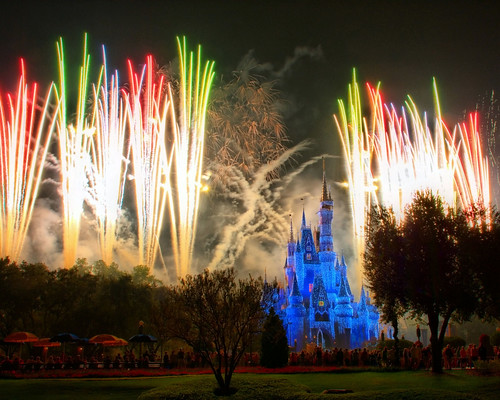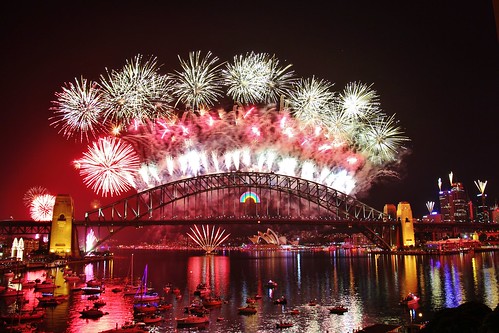With New Year 2013 just days away, I decided to put up an article on some simple tips on how to capture beautiful fireworks photographs using your DSLR's this upcoming New Year's Eve. A lot of skies all around the world will be lighten up with these very colorful and stunning fireworks displays which most of us wants watch and capture in our cameras. Here are some simple and easy tips you can learn to capture some beautiful fireworks photographs.
In shooting Fireworks Display, I recommend shooting in Manual Mode since you are going to change several settings(ISO, Shutter Speed, Aperture) which you can only do in this mode. You can get best results when shooting in manual exposure and manual focus modes.
This is the very crucial and difficult part on capturing stunning Fireworks photographs. Aiming where to frame your shot is one of the challenges you will going to face, Anticipation is the KEY. One way in overcoming this challenge is taking some test shots before the fireworks display and look for the best angle and framing on your location. After finding the best one, mount your camera in the tripod and face it to that angle.
Think about what is in the foreground and background of your shots and make sure you won’t have people’s heads ruining your shots. Keeping horizons straight. This is very important if you’re going to shoot with a wide focal length and will get other background elements in your shot.









Fireworks Photography Camera Settings
In shooting Fireworks Display, I recommend shooting in Manual Mode since you are going to change several settings(ISO, Shutter Speed, Aperture) which you can only do in this mode. You can get best results when shooting in manual exposure and manual focus modes.
- Set your Aperture between f8 - f16 to have larger depth of field.
- Set your Shutter Speed to ‘BULB’ mode. This is a mode that allows you to keep the shutter open for as long as you hold down the shutter button.Fireworks move and the best way in capturing this movement like shooting light trails is using long exposure.
- Set your ISO to 100. I recommend shooting at a low ISO to ensure the cleanest shots possible.
- Switch your flash OFF. Shooting with a flash has no effect since your camera’s flash will only have a reach of a few meter.
- USE TRIPOD . Since you are shooting with longer shutter, you must ensure that your camera doesn't move during the taking of your shots. No matter how steady your hand is, it's not steady enough.
Fireworks Photography Tip Composition Tips
This is the very crucial and difficult part on capturing stunning Fireworks photographs. Aiming where to frame your shot is one of the challenges you will going to face, Anticipation is the KEY. One way in overcoming this challenge is taking some test shots before the fireworks display and look for the best angle and framing on your location. After finding the best one, mount your camera in the tripod and face it to that angle.
Think about what is in the foreground and background of your shots and make sure you won’t have people’s heads ruining your shots. Keeping horizons straight. This is very important if you’re going to shoot with a wide focal length and will get other background elements in your shot.
Some Amazing Fireworks Photographs
Note: I do not own these images. All the photographs are linked back to their respective owners.
















